Hossam Farag Ibrahim Abou-Shaara
Assistant lecturer at Faculty of Agriculture, Damanhour
branch, Alexandria University, Egypt.
Researcher at Bee Research Unit, King Saud University, Kingdom of Saudi
Arabia
Member in the International Union for the Study of Social Insects (IUSSI)
North American Section (NAS) & Central European Section (CES)
About Yemeni honeybees
The Yemeni honeybees (Apis mellifera jementica) are very small in size and have small wax combs. These bees are reared in traditional wooden tube hives, same as mud tube hives. Beekeepers of Saudi Arabia and Yemen have used them to transport these bees from traditional tube hives to modern Langstroth hives.
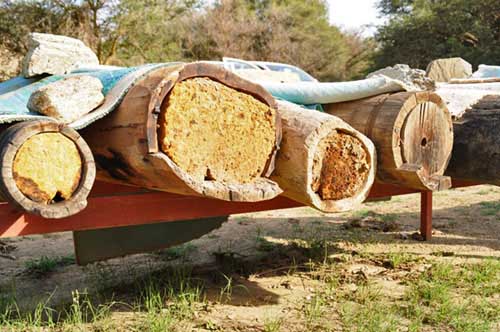
1- Wooden tube hives
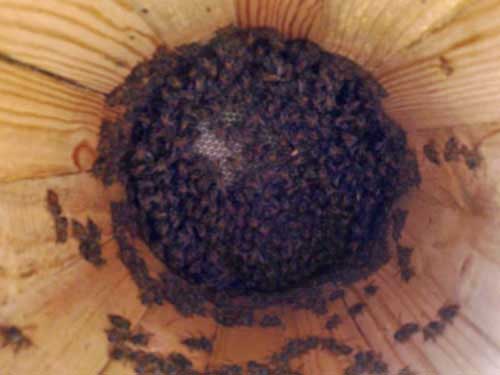
2- Bees inside the wooden tube hive
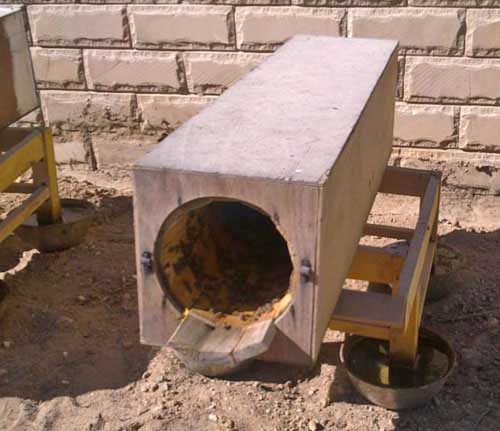
3- Open wooden hive
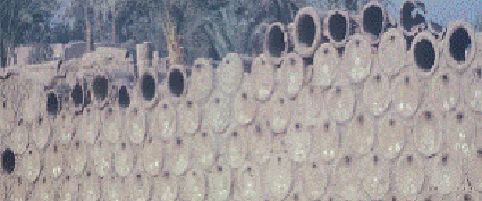
4- Mud tube hives
The problem in transporting Yemeni bee combs from tube hives to Langstroth
hives is the shape of wax combs. In the tube hives, the wax comb is in
cycle form, while in Langstroth hives it is in rectangular form. The beekeepers
overcome this problem by using a specially designed frame where the cycle
form wax comb is fixed inside this modified wooden frame till pupae emergence.
They insert both normal Langstroth wooden frames with new wax foundation
beside the modified frames. After all bee stages inside the cycle combs
become adults, only Langthstroth wooden frames are used.
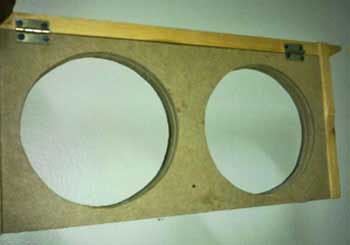 |
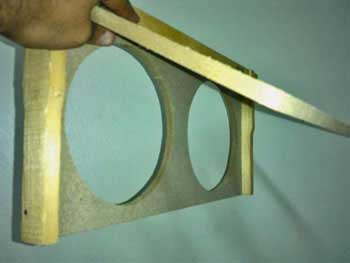 |
5- The modified wooden
frame |
6- wax combs are fixed
between the two parts |
Some beekeepers used wire to fix the cycle wax combs in the wooden frames. But this method is time consuming and not easy to follow.
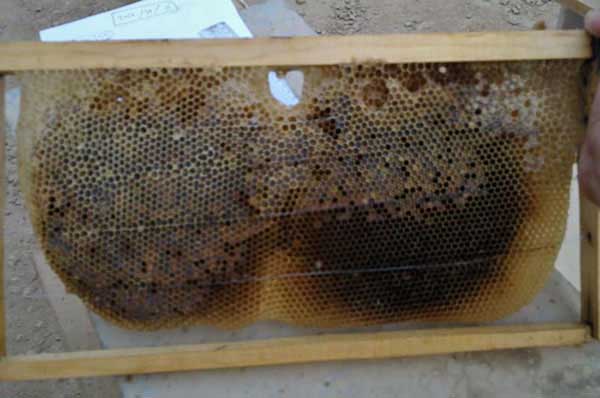
7- Fixed wax combs
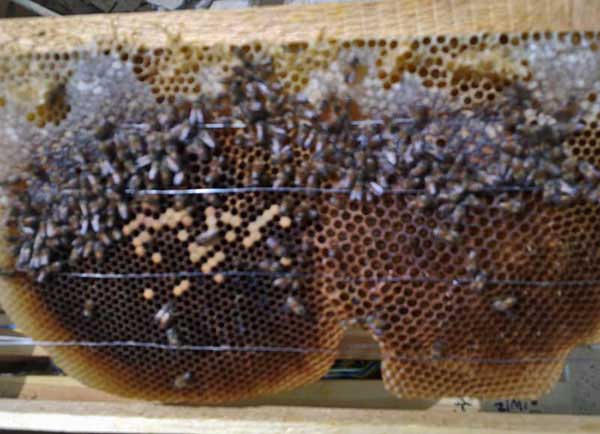
8- Yemeni bee combs
The Yemeni honey bees are good in modifying the wax cells. As the amount
of stored nectar increases, the size of the wax cells is getting larger,
which gives the wax comb uneven surface.
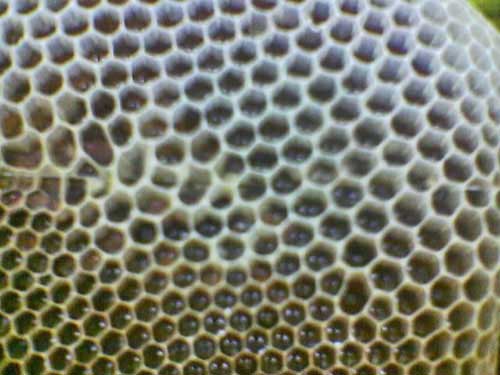
9- Uneven surface of wax comb
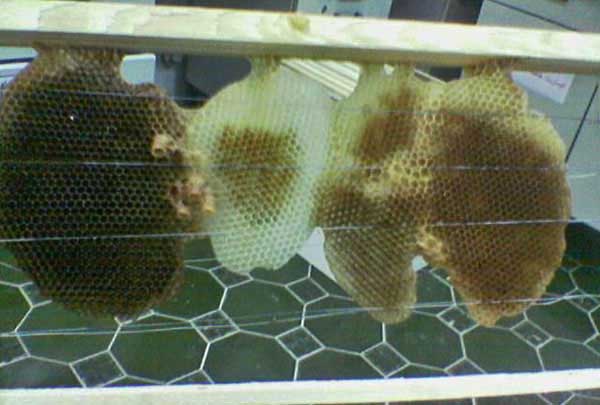
10- Different colors of the wax combs at the same frame
The second problem of installing Yemeni honey bees in Langstroth hives from tube hives is that the new installed bees are leaving the Langstroth hive quickly (Absconding), with the queen and all the bees leaving the modern hive to the nearby trees. That happens because Yemeni honey bees usually are adapted to tube hives and not Langstroth ones.

11- Installing bees into Langstroth hives
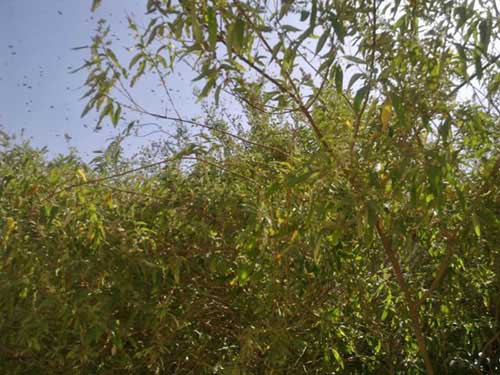
12- Bees absconding from the hives
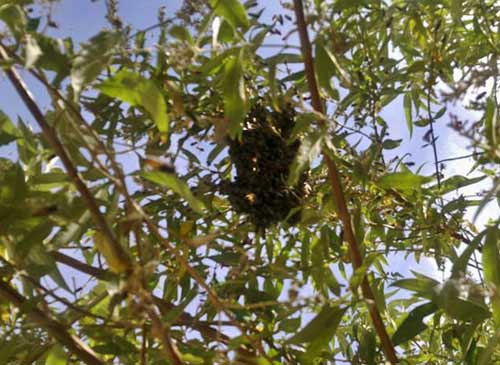
13- Bees on the tree
Beekeepers overcome this problem by closing the Langstroth hives` openings by grass up to two days which will help in the adaptation of Yemeni bees to Langstroth hives. The amazing thing is that these bees can bear high temperature up to 50 ?C. The temperature of Saudi Arabia during summer is very high and may exceed 50 ?C. However, these bees can live in small colonies of about 3 to 4 frames. In general these bees can bear hot and dry weather of Saudi Arabia.
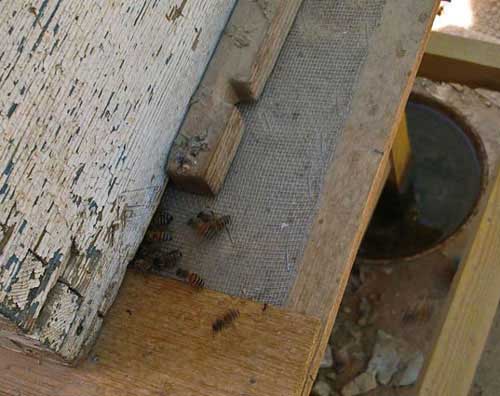
14- Some forager Yemeni bees during summer season.
These honey bees are not aggressive if compared with the Egyptian bees. You can inspect the hives without veil or gloves. But the hybrid of Yemeni and Carniolan bees is more aggressive.
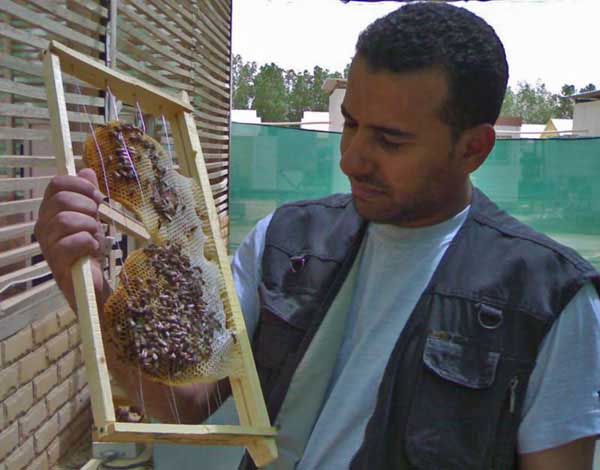
15- Frame of Yemeni honey bees is inspected by the author of the article
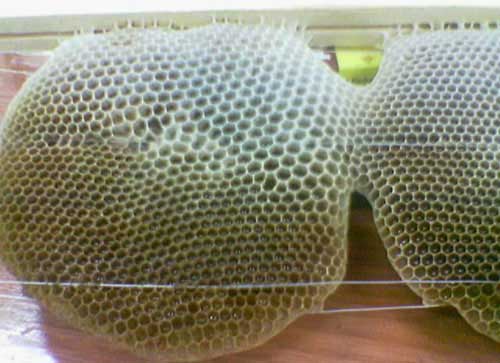
16- Honey comb of Yemeni honeybees
The honey production of Yemeni honeybees is not high with average of 4-7
Kg per colony and the colonies of these bees in general do not exceed
8 frames. This is the main reason for Saudi Arabian beekeepers to import
large numbers of honeybees from Egypt, Turkey and Australia.